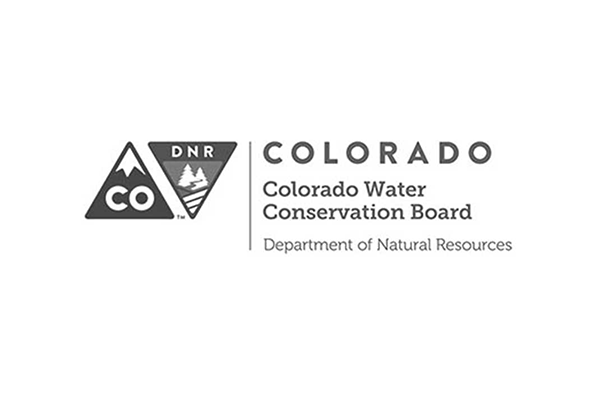Tired of sinking tons of water into a boring lawn? Dreading your summer water bill? There is a better way– create a stunning Colorado yard this summer! Take a leaf from your neighbors and upgrade your thirsty lawn into a thriving low-water xeriscape.
Xeriscapes are low-water yards that are more fit for the arid Colorado climate. The term, coined by Denver Water in 1981, comes from the Greek meaning “dry.” Xeriscapes are full of colorful, low-water plants that attract pollinators. They are not just barren yards of rocks and cactus!
Follow these seven basic principles of xeriscaping. After that, you will have created a beautiful, low-water xeriscape to show off this summer.
1. Planning and Design – This is the most important step! Before you start worrying about plants and mulch, you should take a look at your yard. Decide what is going to work best for you. Here are a few things to think about:
Location: Which areas of lawn could you go without? Which ones are important to keep for entertaining and playing with kids or pets?
Sun: How many hours of sun or shade does the area get? Most Colorado yards are considered “full sun”.
Watering: What is your sprinkler system set up? Could you put a rain barrel nearby? Or, could you convert an irrigation zone to drip?
Size: How much time do you want to spend gardening? What is your budget?
After considering these points, map out your project on paper. There are many free xeriscape plans available online. Every low-water Garden In A Box kit also comes with several free designs.
2. Practical Lawn – The majority of lawns have ornamental grass, meaning they look good but serve no useful purpose. You’ll be most successful if you remove sections of ornamental lawn and replace them with low-water alternatives.
Most lawns in Colorado are Kentucky Bluegrass which is not ideal in our dry climate. Switching to native plants or grasses such as buffalo grass or blue grama grass will help save water while keeping that traditional green lawn appeal.
3. Plant Zones – Each plant has specific light, water, and soil preferences. By grouping plants with similar requirements, it will be easier to keep them happy!
If your area gets at least six hours of direct sun, stick to “full sun” plants. If not, try “part sun” plants if the area is shaded by trees, buildings, or fences.
4. Soil Improvements – Colorado yards usually have either clay or sandy soil. A few have a mixture of both.
When you use native plants, you probably won’t need soil amendments. They are already adapted to Colorado soils. A few inches of compost near each plant can be helpful in retaining water and adding nutrients, but it’s not required.
5. Mulches – Mulch is great, but not all mulches are created equal.
Organic mulches, such as bark chips, pole peelings, or wood grindings, are great for keeping the soil cool and retaining moisture. Plus, they break down over time which supplies some added nutrients!
Inorganic mulches like rock and gravel can be good, especially in windy areas. However, they retain and give off heat. They shouldn’t be put close to the house or around plants.
We typically recommend organic mulch, which you can often get for free. To be effective, you’ll need at least four inches of mulch.
6. Efficient Irrigation – Drip-style sprinkler systems and hand watering can both work well for xeriscapes. When designing your new landscape, it is best to convert one (or more) sprinkler zones. This ensures everything gets the right amount of water.
Grass and xeric flowers require different amounts of water. Having low-water plants and grass in the same area can create problems of over or under-watering.
You’re sure to save water if you convert an entire grass zone to drip, or even just turn that zone off and hand water your new plants.
7. Maintenance – For the first year or two, you’ll need to do a little extra maintenance to get your new plants established. There will be some weeding, but that will decrease over time. Xeriscapes are not zero-maintenance, but they can be a lot less work than mowing a lawn every week!
There you have it! Seven simple ways to create a stunning Colorado yard! Follow the basics of xeriscaping and your transition to a beautiful low-water lawn can be easy.
Many Colorado cities and nonprofits offer money-saving programs to help you get started. Be sure to check out the Lawn Replacement Program, Garden In A Box, and WaterwiseYards.org for some inspiration!
If you have questions, the xeriscape advisors at Resource Central would be more than happy to help. Just call 303-999-3820 ext. 221 or send an email to TurfRemoval@resourcecentral.org.












